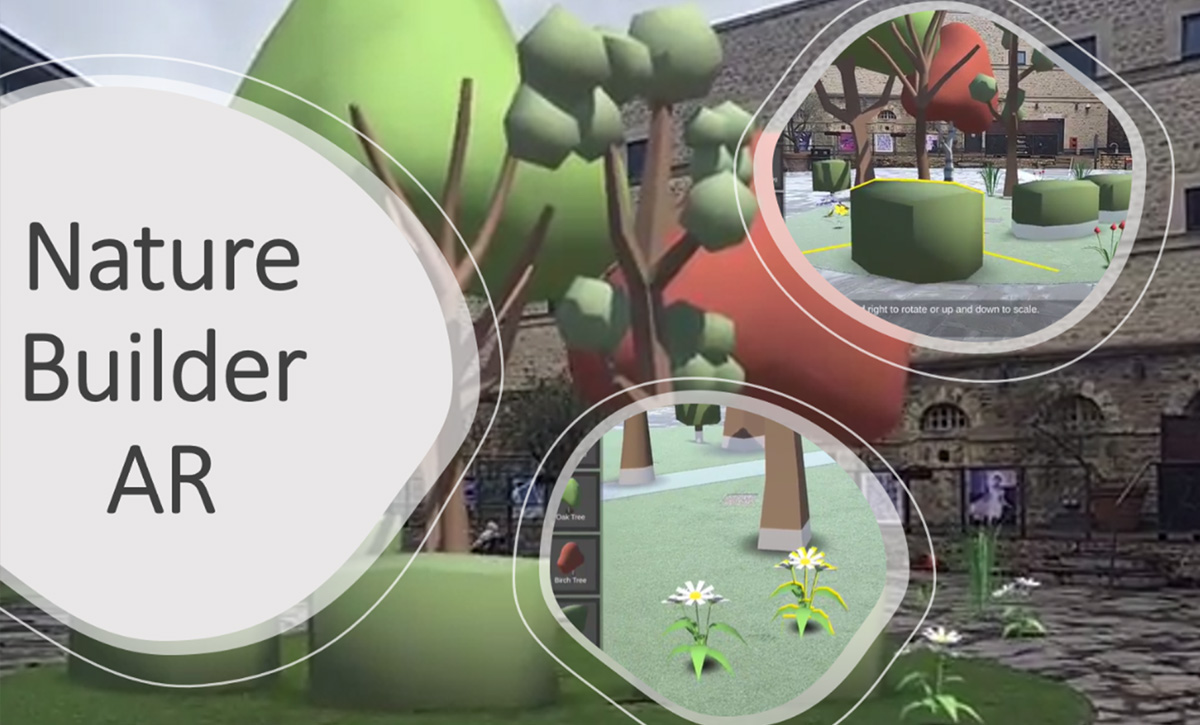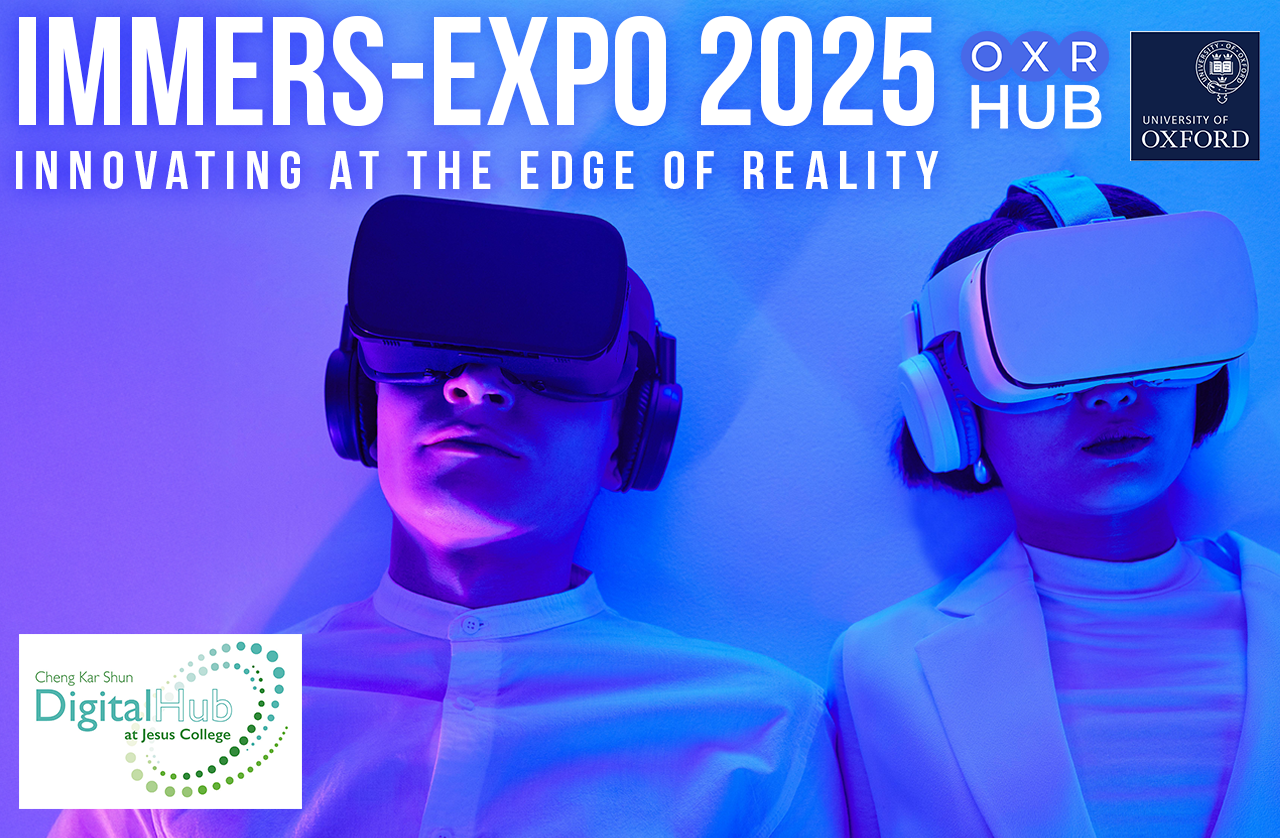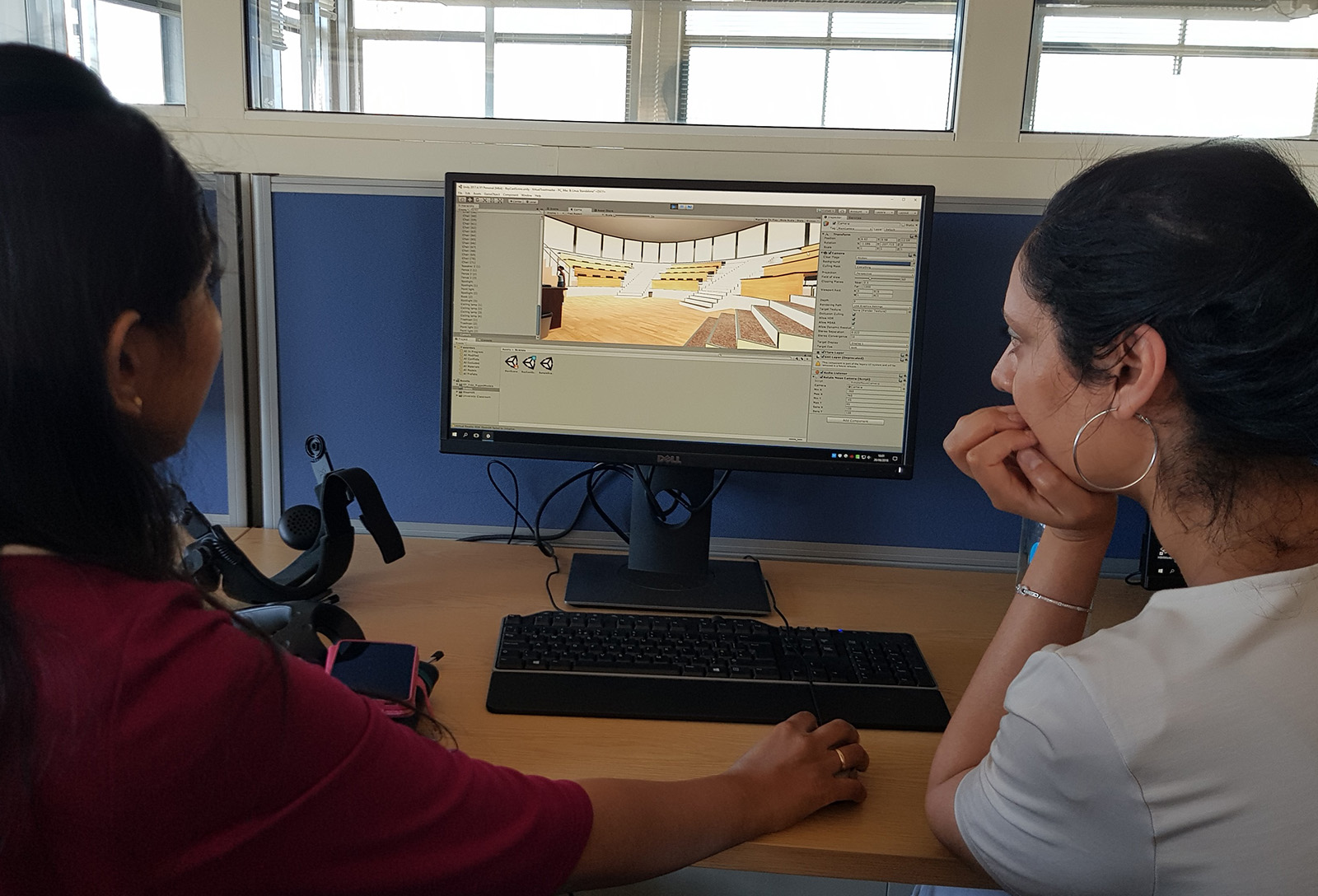Extending Nature Access & Engagement through Augmented Reality: “Nature Builder” augmented reality application
Extending Nature Access & Engagement through Augmented Reality: “Nature Builder” augmented reality application

Extending Nature Access & Engagement through Augmented Reality: “Nature Builder” augmented reality application
Dr Anant Jari speaks about his experience of working with the Oxford X-Reality Hub on the Augmented Reality Research Project “Extending Nature Access & Engagement through Augmented Reality”
“It was really great to work with the OXR Hub, Kelly McClinton, Richard Smith, Stuart Cole and Louise Montgomery on this project exploring how Augmented Reality could help to improve nature access and engagement for children through our “Nature Builder” app.
The use of technology in nature engagement and education is a recently emerging research trend (Alakärppä et al., 2017; Boyce et al., 2014). Innovative applications of digital technology have been delivered through other venues, such as cultural heritage sites, museums, and classrooms (Moorhouse et al., 2019; Outer Hebrides Tourism, 2023). This project explored the potential applications of augmented reality (AR) to enhance nature-oriented engagement and educational experiences.
Several sources of inspiration were explored for the design process, including children’s literature on nature education, existing nature education mobile applications, expert interviews, and content from BBC Soundbites. The design decisions included creating an application which leveraged a low-fi, accessible design and maintained ecological authenticity for the natural environment of the United Kingdom. The development team pursued two routes for implementing the two proof-of-concept designs using two separate software packages within the overarching design ethos. The first, Zappar software, was a pre-packaged AR-experience development tool, and the other leveraged the AR Foundations development package available in Unity3D.
Throughout the design and encoding of the proof-of-concept, both approaches achieved different engagement opportunities and varying design goals. For instance, the Zappar version can support fewer features but is easily customisable (Salcedo-Viteri 2020) which could be suitable for multiple engagement opportunities along a nature reserve trail. In contrast, the Unity3D app version is more visually immersive, but it cannot be rendered on all devices. It may be suitable as an empowerment tool for young people to explore rewilding their urban school grounds (Messaoudi et al. 2017; Singh et al. 2022).
The learnings from the proof-of-concept build can be tailored to engage new and younger audiences with nature engagement experiences in urban and rural settings; whether that be to empower young children to design a rewilded urban area, engage audiences in nocturnal or hard to spot fauna, or encourage visitors to walk along nature trails within a nature reserve to limit recreational disturbance.”
Find out our Learnings from a proof-of-concept “Nature Builder” augmented reality application

